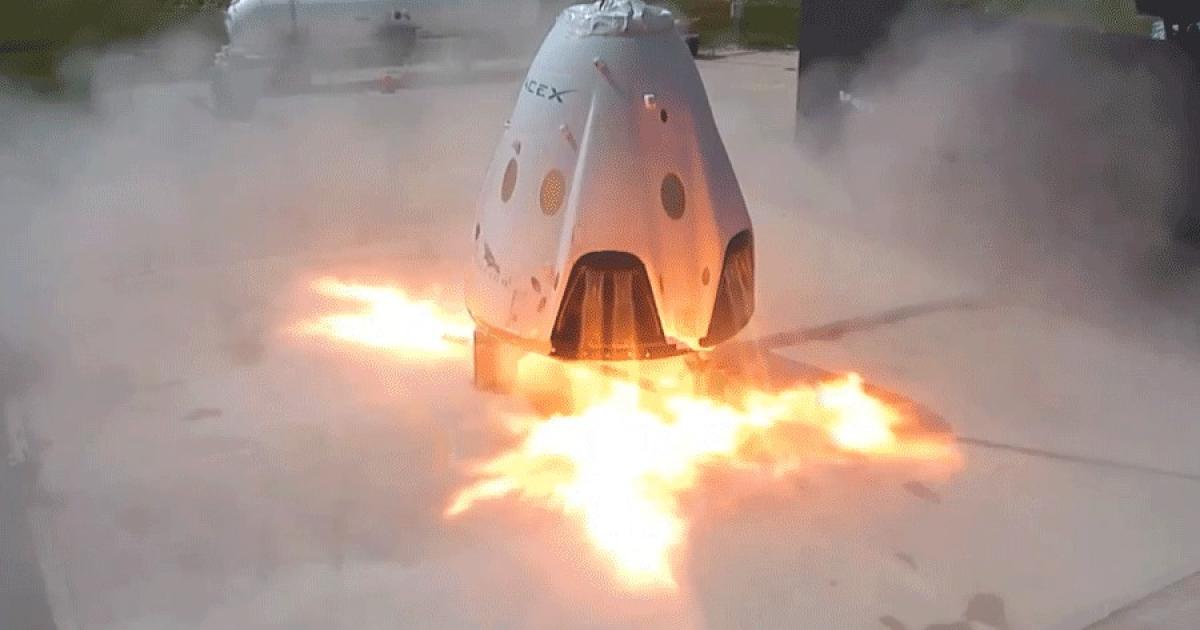With SpaceX and NASA still mute on details of what they
dubbed an ‘anomaly’ during the latest Crew Dragon capsule safety test – a video
has leaked online apparently showing a ‘rapid unscheduled disassembly’ event,
aka a big boom.

A huge plume of smoke could be seen rising from Cape
Canaveral Air Force Station in Florida on Saturday, after the Crew Dragon
capsule being developed by SpaceX to ferry NASA astronauts to space reportedly exploded on the test stand. While the
company confirmed suffering an “anomaly” during the test of
the emergency response system’s abort engines, it has not shared any details
about the accident.
“Our teams are investigating and working closely with our NASA partners,” the company stated, noting that “detecting anomalies like this prior to flight are the main reasons why we test.”
Yep, this isn’t good... pic.twitter.com/4DwTTjw9MN— Astronut099 (@Astronut099) April 21, 2019
With SpaceX and NASA seemingly downplaying the incident, an unverified video leaked online on Sunday, showing the capsule blow up into pieces, to the gasps of the audience that was apparently reviewing and analyzing the ‘anomaly.’
The incident could potentially impact SpaceX’s already
delayed timeline for launching a manned mission into space, since the system is
crucial for the safety of future astronauts on board should something go wrong
during a launch into orbit. Following the successful maiden unmanned flight in
March, the company was hoping to test the capsule with pilots on board in July.
“The launch of the Dragon 2 spacecraft in July is out of the question. [It can take place] not earlier than the end of the year,” a source in the aerospace industry told Sputnik. “It is necessary to deal with the causes of the accident that took place during the tests. All this would take a long time.”
For the last eight years, NASA has been dependent on
Russia to ferry its astronauts to the International Space Station, paying
Roscosmos up to $81 million per seat. It hoped to finally end this reliance
this spring, but with setbacks suffered by both SpaceX and Boeing with its
CST-100 Starliner, it was forced to purchase at least two more Soyuz rides to
guarantee US astronauts’ access to the station.
Comments
Post a Comment